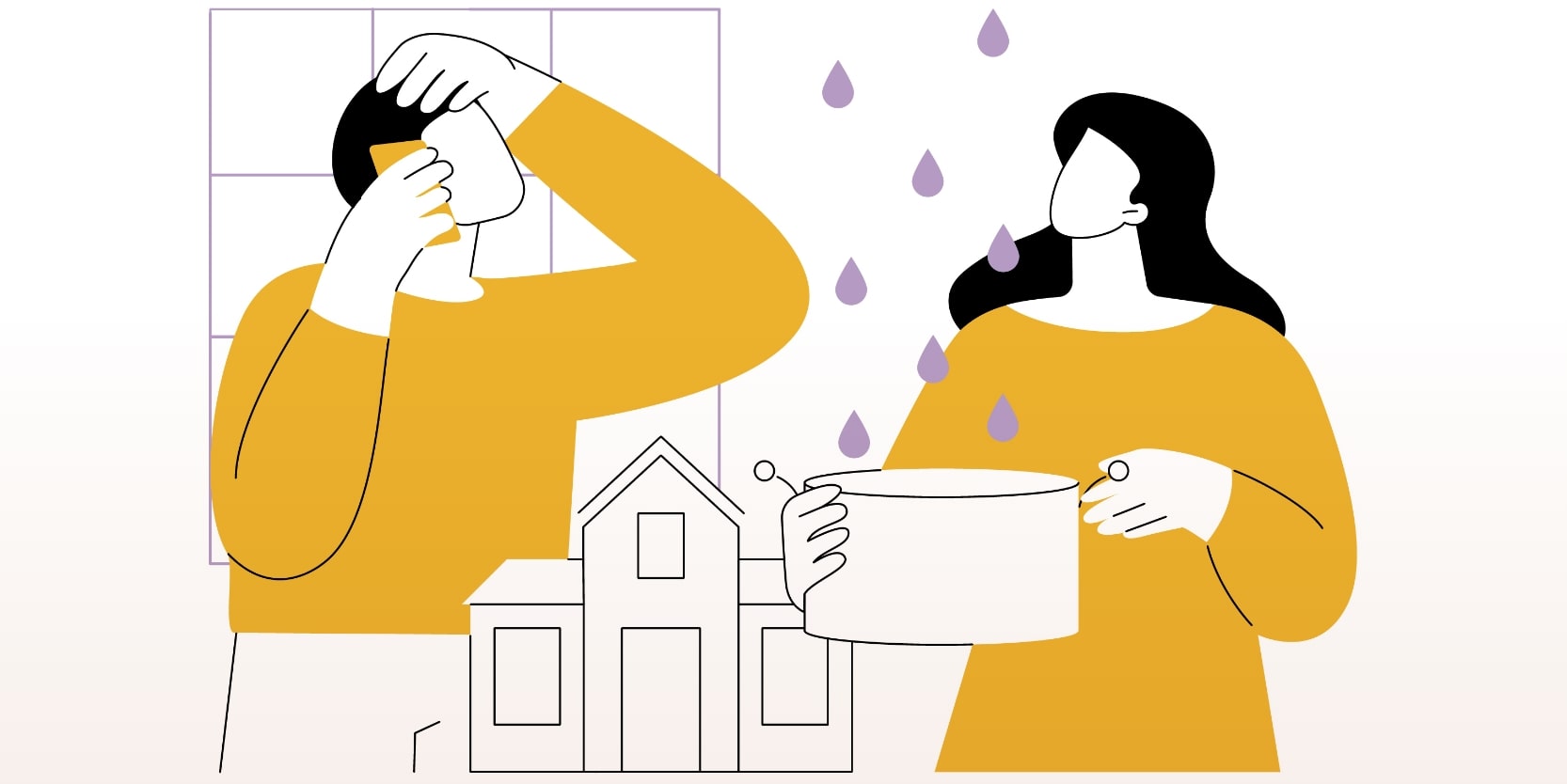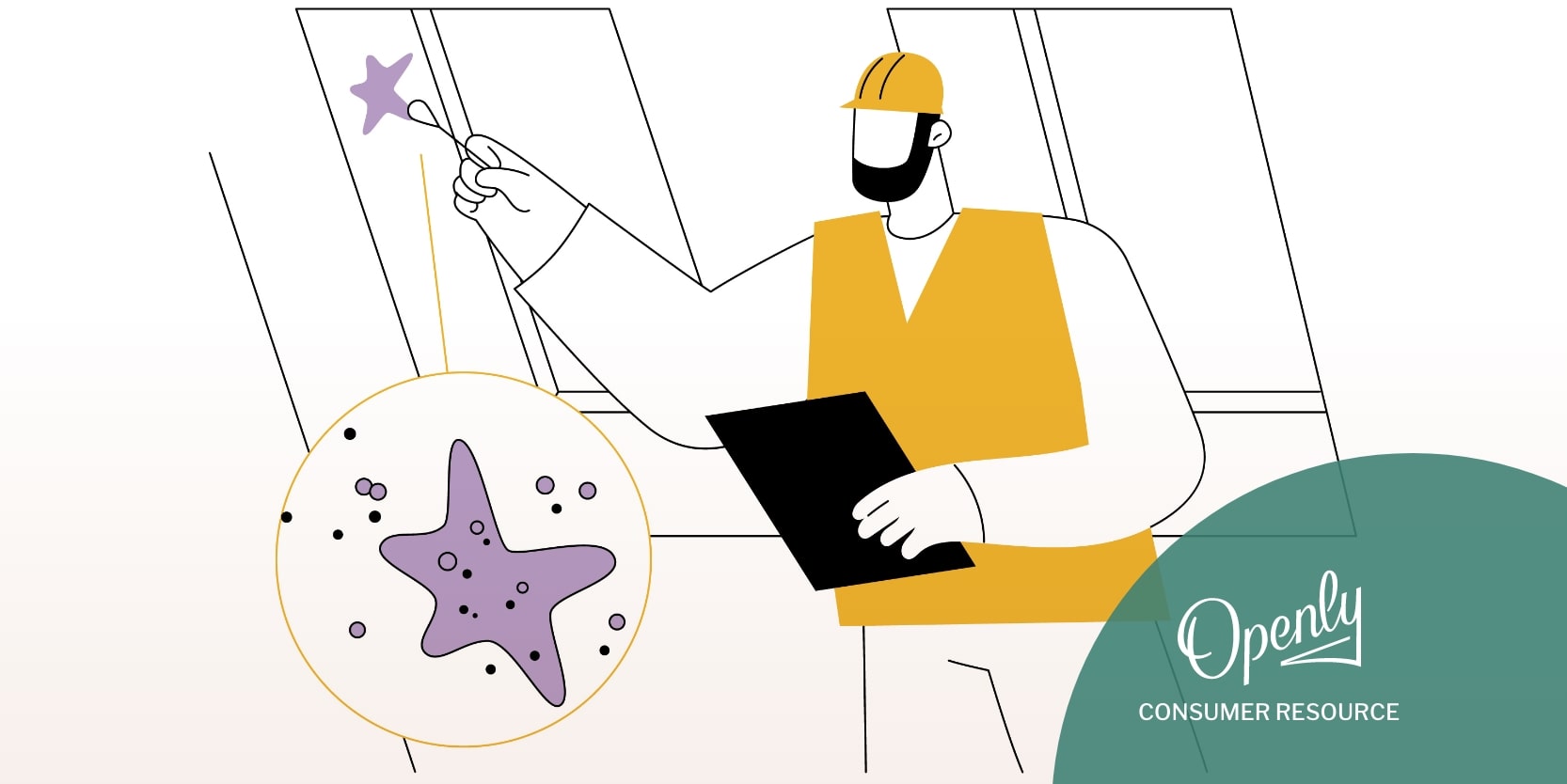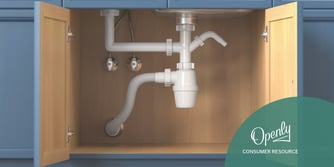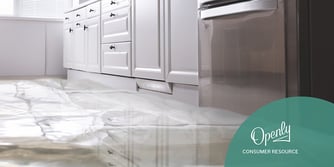As a homeowner, you take pride in your property, ensuring that it remains a safe and comfortable haven for you and your loved ones. But what happens when mold rears its unsightly head? Does homeowners insurance cover mold contamination?
Keep reading as we examine mold coverage and when homeowners insurance does and doesn't cover mold damage. We'll explore the steps it takes to file a homeowner insurance claim for mold and offer tips on preventing mold growth.
At a glance:
- Homeowners insurance may cover mold damage if it results from a covered peril or if you've added additional mold coverage to your policy.
- Neglect and maintenance issues, flood damage, and slow, gradual mold infestations are typically not covered by standard homeowners insurance policies.
- Preventing mold growth through moisture control, humidity management, regular home inspections, and proper insulation is your first line of defense against costly mold-related issues in your home.
The importance of mold coverage
Before we dive into the nitty-gritty on mold coverage, let's understand why it's crucial to have such protection for your home.
Mold can be more than just an eyesore; it can pose health risks and cause substantial structural damage to your property. Mold spores can lead to allergies, respiratory issues, and other health problems, especially for those with pre-existing conditions. Having mold coverage is critical as with more severe cases—like black mold—can pose serious health risks. Moreover, a mold problem can result in expensive repairs.
When does homeowners insurance cover mold?
Mold is a lurking menace that can creep into the corners of your home, causing not only unsightly damage but also potential health hazards. The good news is that your homeowner's insurance can come to the rescue—in certain situations.
From sudden water damage to additional coverage options, we'll explore when homeowners insurance covers mold and provides you with the support you need to restore your home to its former glory.
Covered perils
In general, homeowners insurance covers mold damage when it results from a covered peril. Covered perils typically include incidents like sudden and accidental water damage. For example, if a pipe bursts and water damage leads to mold growth, your insurance will likely cover the mold removal and damage repairs (though to be absolutely certain, it’s best to review your homeowners insurance policy and consult your insurance agent).
Additional coverage
Some insurance policies offer additional coverage options specifically for mold remediation. If you've added this extra protection to your policy, you can file a claim for mold damage, even if it isn't directly linked to a covered peril. Keep in mind that this additional coverage often comes with a separate premium.
When homeowners insurance doesn't cover mold
While homeowners insurance can be a lifesaver in many situations, there are instances when it won't cover mold damage.
Neglect and maintenance issues
If mold growth is a result of neglect or poor maintenance on your part, your insurance provider is unlikely to cover the damage. This includes scenarios where you've ignored a water leak, failed to fix a leaking roof, or neglected other maintenance tasks that could have prevented a mold issue.
Flood damage
Standard homeowners insurance doesn't cover flood damage, including mold damage resulting from floods. To protect your home against flooding and mold in flood-prone areas, you'll need a separate flood insurance policy, often offered through the National Flood Insurance Program.
You can also secure flood coverage through other service providers, so be sure to speak with your insurance agent about your flood insurance options.
Mold infestation
If mold growth is deemed to be a result of a slow and gradual infestation rather than a sudden incident, it may not be covered by your homeowner's insurance. Mold infestations are often seen as a result of long-term moisture problems, which are typically considered maintenance issues.1

Preparing to file a homeowner insurance mold claim
Discovering mold in your home can be distressing, but knowing how to navigate the insurance process can make all the difference. Keep reading to learn more about how to tackle mold-related issues efficiently.
Document damage
When mold becomes an issue, it's important to document the extent of the damage thoroughly. This documentation isn't just for your peace of mind; it's essential when filing a mold claim.
Take photographs of the affected areas, noting the scale of the mold growth and any damage it has caused. Photographic evidence can serve as a powerful tool during the claims process, helping your insurance provider better understand the scope of the damage.
Cleanup
After reporting the incident and documenting the damage, it's time to take action to mitigate further harm. Cleaning up the affected area is essential to prevent mold from spreading and becoming a disaster.
While handling the mold cleanup on your own may seem tempting, mold removal and remediation can be complex, and best left to the professionals. After all, improper handling can exacerbate the issue or even pose health risks. Before taking any action, consult with your insurance provider to determine the extent of coverage available to you.
How to recognize signs of mold growth at home
Recognizing mold growth in your home involves looking for key signs, such as visible discoloration on walls, ceilings, and floors, which can appear as black, green, or white patches. Pay attention to musty or earthy odors, as these can indicate hidden mold.
Areas with high humidity or moisture, such as bathrooms, basements, and kitchens, are particularly susceptible to mold growth. Watch for signs of water damage like peeling paint, bubbling wallpaper, or warped wood.
Health symptoms like persistent coughing, sneezing, or respiratory issues may also signal mold presence. Regularly inspect these areas and address any leaks or dampness promptly.
If you suspect mold growth, consider having a professional inspection to ensure a thorough assessment and remediation.
Best ways to prevent mold growth in your home
Prevention is always better than dealing with the consequences of mold damage. So here are some tips to help you keep mold at bay.
Control moisture
Keep an eye on moisture levels in your home. Excess moisture is mold's best friend, so it's essential to stay on top of it. Check for any leaks or water damage, and address these issues promptly.
Good ventilation is key, especially in high-moisture areas such as bathrooms and kitchens. Make sure your home has proper ventilation to help prevent moisture from accumulating and creating an unsightly breeding ground for mold spores.
Maintain low humidity
If your home is located in a humidity-prone region, or just tends to be on the humid side, investing in a dehumidifier can be a game-changer. Mold thrives in moist environments and a dehumidifier can help maintain a healthier, drier atmosphere that is less conducive to mold development.
Regular inspections
Prevention is often the most effective way to deal with mold. A regular mold inspection is essential in preventing a mold problem and ensures your home remains safe and your family healthy.
Look out for water damage, leaks, or condensation on windows and walls. Early detection allows you to address issues before they escalate into full-blown mold infestations, saving you time and money.
Proper insulation
Proper insulation can prevent condensation from forming on your walls and ceilings. When warm, moist air comes into contact with cold surfaces, it creates the ideal conditions for mold growth. Ensuring that your home is well-insulated helps maintain consistent indoor temperatures and humidity levels, thus reducing the likelihood of condensation, and subsequently keeping mold at bay.

Ensuring home safety and longevity
Understanding the nuances of homeowners insurance coverage for mold is essential for every homeowner. A mold infestation can lead to health risks and costly structural damage, making it crucial to be aware of when insurance can come to the rescue. Being vigilant, documenting any damage, and consulting with your insurance provider can empower you to navigate mold-related issues effectively, ensuring the safety and longevity of your home.
But even the most diligent and responsible homeowner can't eliminate every risk associated with owning a home. That's where having the right home insurance comes in. Purchasing comprehensive home insurance will help mitigate the financial burden of owning a home, even if mold damage occurs. Contact an independent agent for a personalized home insurance quote and discuss high-value home insurance coverage options that can provide peace of mind.
* We provide this information to help you understand insurance. Any coverage is subject to the terms of your policy. Please refer to your policy and declaration page for complete coverage details.
1 Mark Fitzpatrick. “Does Homeowners Insurance Cover Mold?” MoneyGeek. Published 25 April 2023. Accessed 9 September 2023. https://www.moneygeek.com/insurance/homeowners/does-homeowners-insurance-cover-mold/#when-mold-is-not-covered




